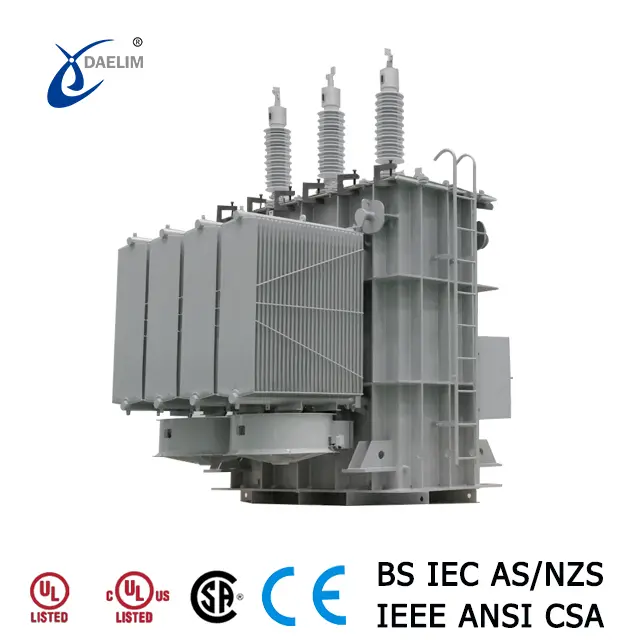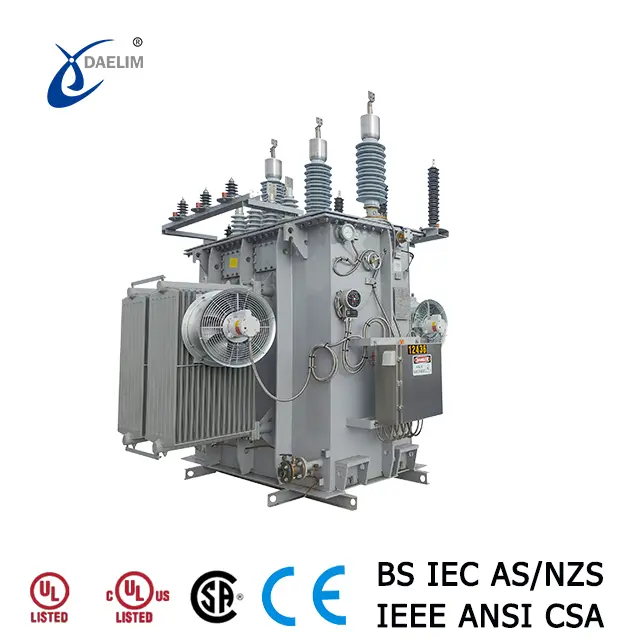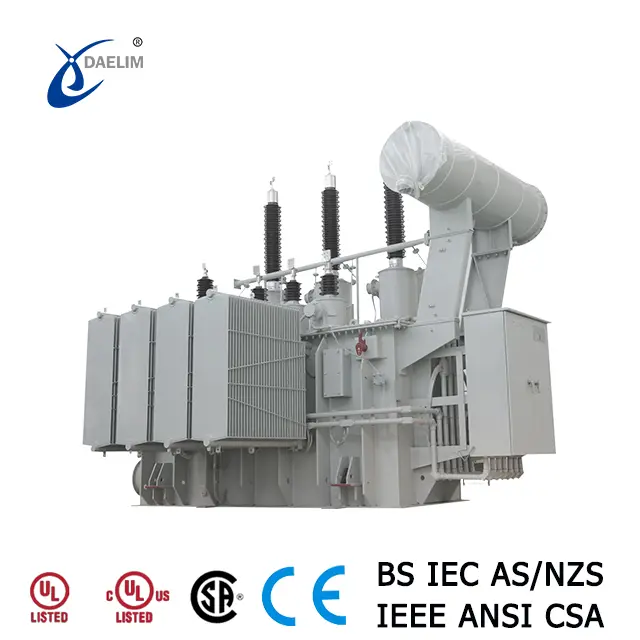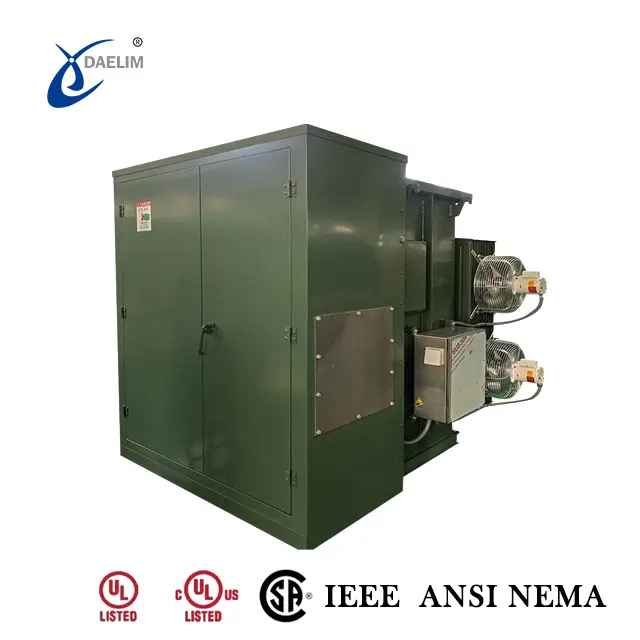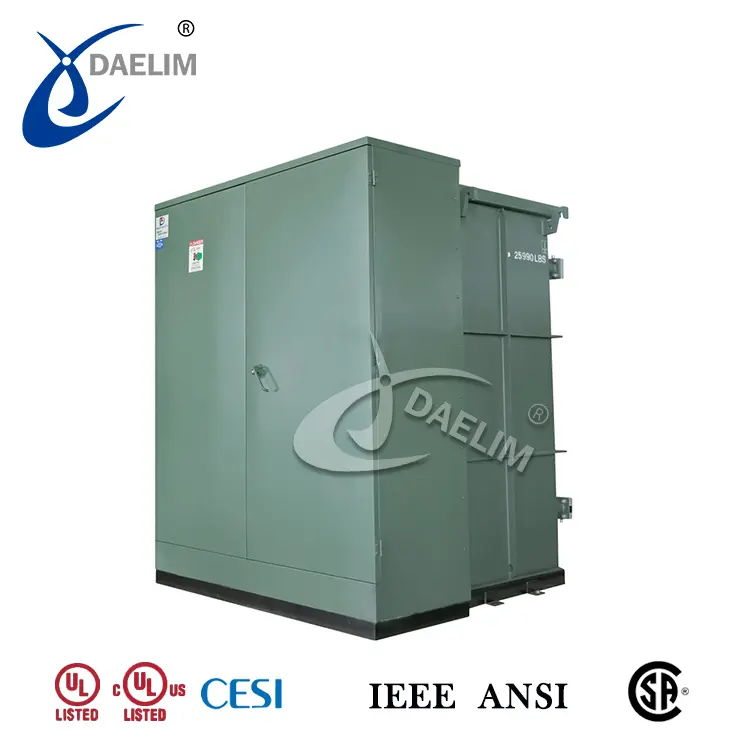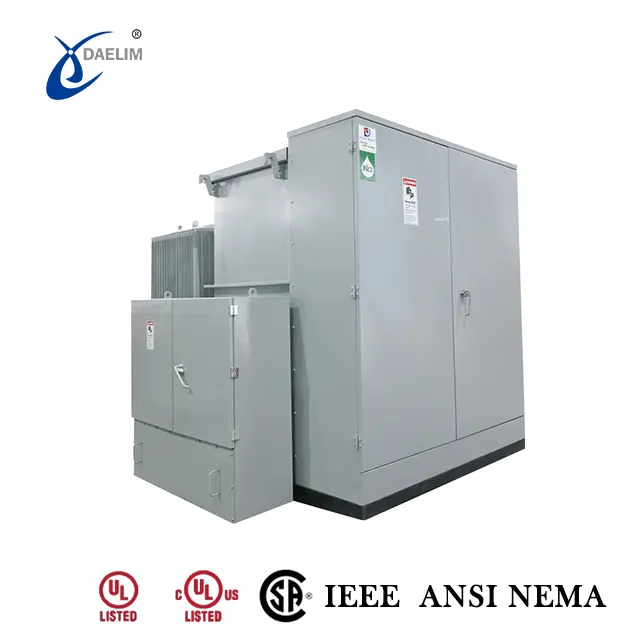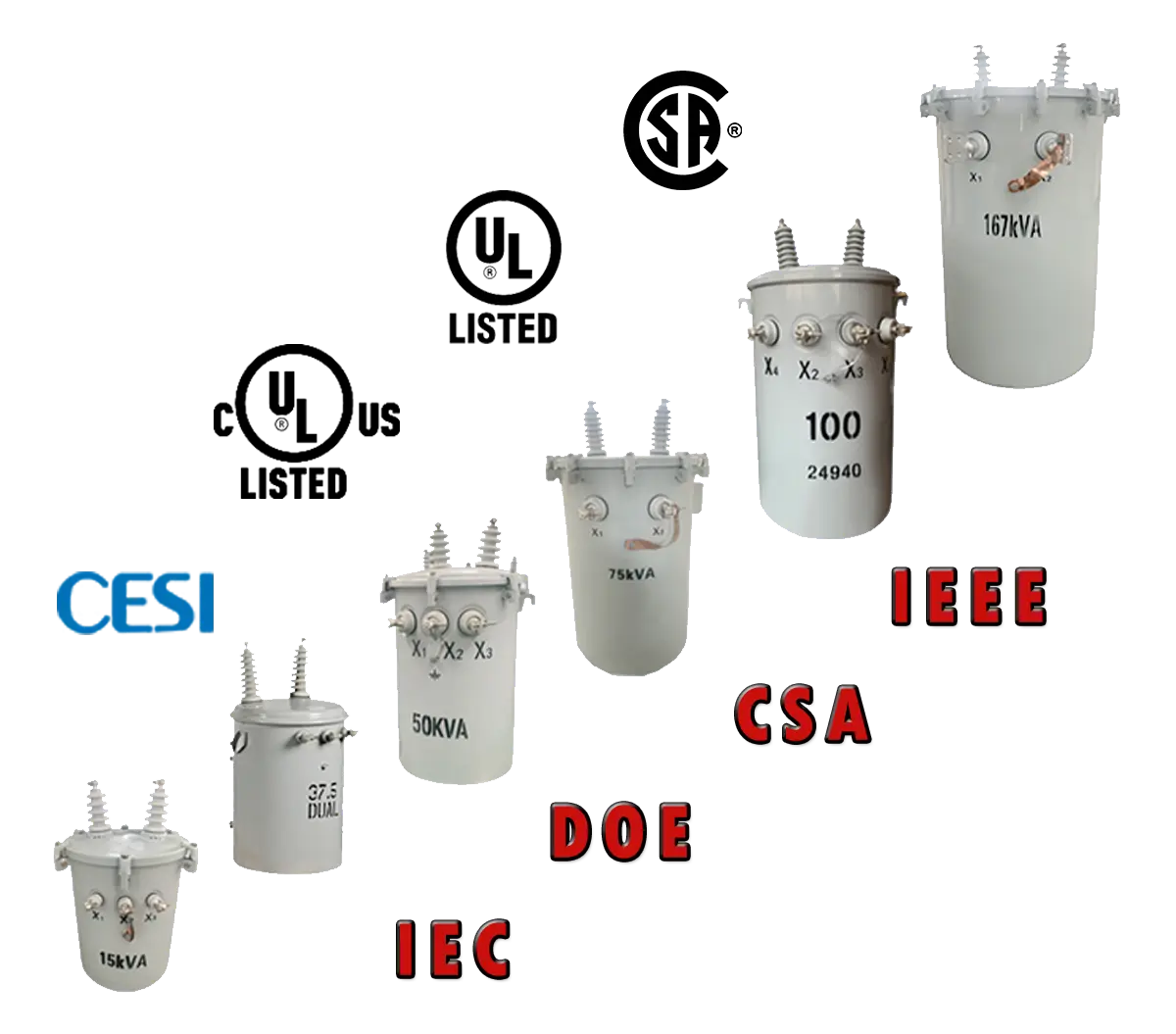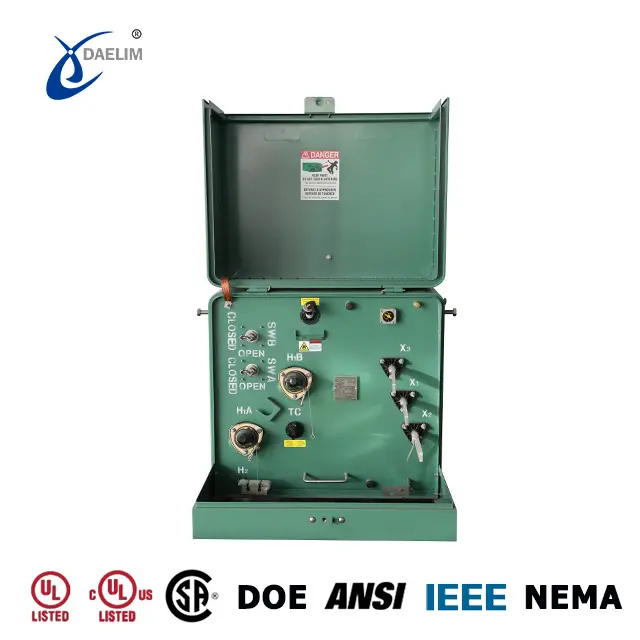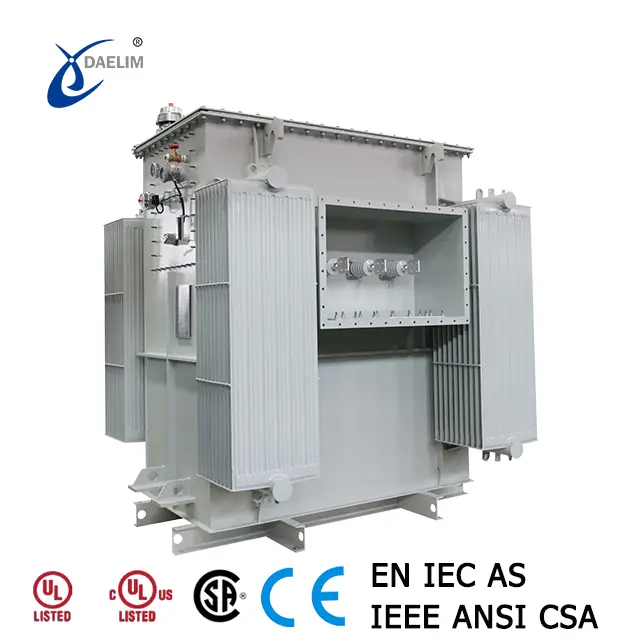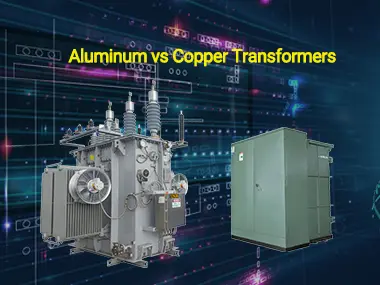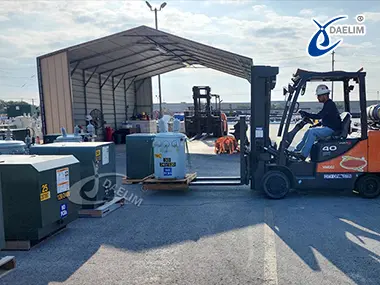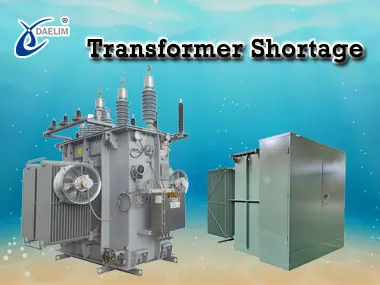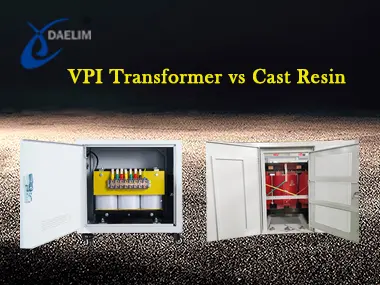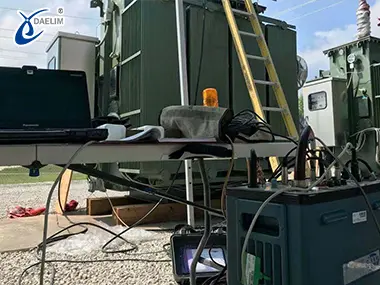How Long Does It Take To Replace A Transformer
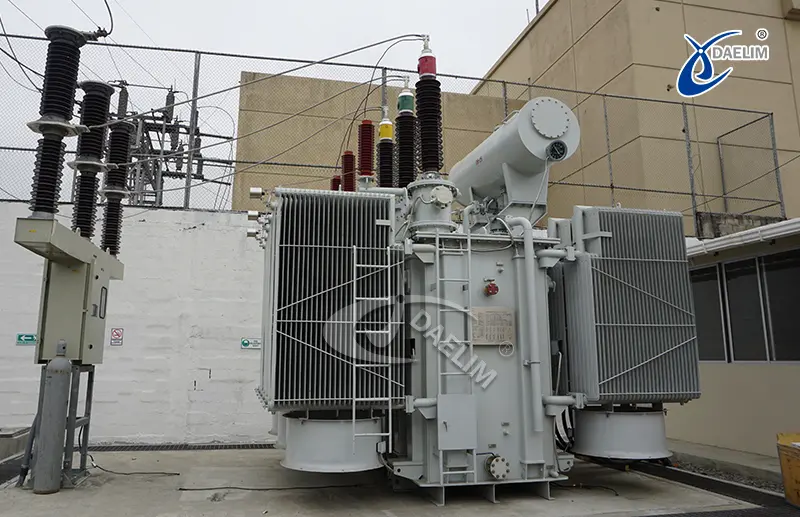
Electrical Transformers like another electrical device can get damaged or just need replacement at the product's useful life. As these electric transformers are such a crucial part of our electricity distribution system, that when a transformer blows, the entire system connected to the transformer, comes to stand still till the transformer is replaced.
With such an importance, the question of how long does it take to replace a transformer rises frequently. As there are several things to consider before answering this particular question, we have developed this complete guide for you to understand how long does it take to replace a blown up transformer.
Contact Daelim TransformerFactors Influencing Replacement Time
There are several factors related to your transformers, its transportation and your site that will define how long does it take an electric company to replace a transformer.
Transformer Type
 Different types of transformer take up different time for replacement. Pole type transformers take different times of replacement than the one that needs installation on a solid base. Similarly dry type transformers and oil types transformers all need different time for replacement.
Different types of transformer take up different time for replacement. Pole type transformers take different times of replacement than the one that needs installation on a solid base. Similarly dry type transformers and oil types transformers all need different time for replacement.
Transformer Size
Bigger the size of the transformer, the more time it will take to replace that transformer. A small size residential transformer needs less time than a large power transformer for an industry. Similarly large size transformers for the grid stations need even more time for replacement.
More resource: Ultimate Guide To Transformer Sizes and Ratings
Availability of Transformer Parts
Readily available transformer parts significantly reduce the replacement time. If your utility company has all the available parts, then it will take much less time than if your company has to arrange parts for replacement. Similarly if your transformer needs any custom design part, then it will take much longer than usual.
You may enjoy: Pad Mounted Transformer Accessories
Site Accessibility
Easier it is for your utility company to reach your site for transformer replacement, lesser it will take to replace your transformer. If your site is in an urban area with proper roads and with minimum traffic then it will take much less time to replace your transformer. On the other hand, if your site is in an urban area with no proper road or with a lot of traffic, then it will take much more time to replace your transformer.
Site Condition

How Long Does It Take To Replace A Transformer
Time taken to replace a transformer is not limited to just replacing the transformer. There are several pre and post steps that take up time before the replacement process can be considered complete.
Preparing for the Replacement
When a transformer blows, the first thing to do is to report it to the utility company and with modern communication systems this can be done within a minute. After the report, the utility company will send a team for inspection and assessing the existing transformer.
Team will report back about the replacement of the transformer and paper work will start inside the utility company for permits and approvals. After necessary approval, the company started to prepare for the transformer replacement.
All inspection and assessment work does not take more than an hour from which most of the time is consumed by the utility company team for reaching the area. Inspection of smaller transformers can be done quickly where large transformers can take 15 to 20 minutes more than a normal size transformer.
Transportation of Equipment
Depending on the type and size of the transformer, the utility company has to arrange machinery and equipment for the replacement. All equipment including the new transformer needs to be transported to the site and this can take anything from an hour to several hours.
Utility companies usually have all the necessary equipment for replacement of their transformers, so time usually depends on transformer type and size. Small transformers do not need much heavy tools and machinery for replacement, so can be transported quickly in one or two hours. Opposite to that large size power transformers need cranes and big teams to complete the task. So it takes anything from 10 hours to 1 or 2 days to transport all the needed machinery to the site.
Removing the Faulty Transformer
The old blown or bad transformer needs to be removed before the utility company can install a new one. Time consumed here is influenced a lot by the extent of damage to the old transformers and to the installation platform.
If there is not much damage done to both, easy removal is possible then time taken will reduce significantly but still depends on the type and size of the transformer. Small transformers installed on poles can be removed in 2 to 3 hours without the need of any complex and heavy machinery.
Large commercial and industrial level transformers needed specialized and heavy machinery and equipment along with a dedicated team of experts to work and remove transformers. This complete process of removing the blown transformer and preparing the platform for a new one can take 8 to 10 hours or even more than a day.
If the blown transformer has blown the platform too, then this can take days to remove the transformer and prepare the platform for installation.
Replacing the New Transformer
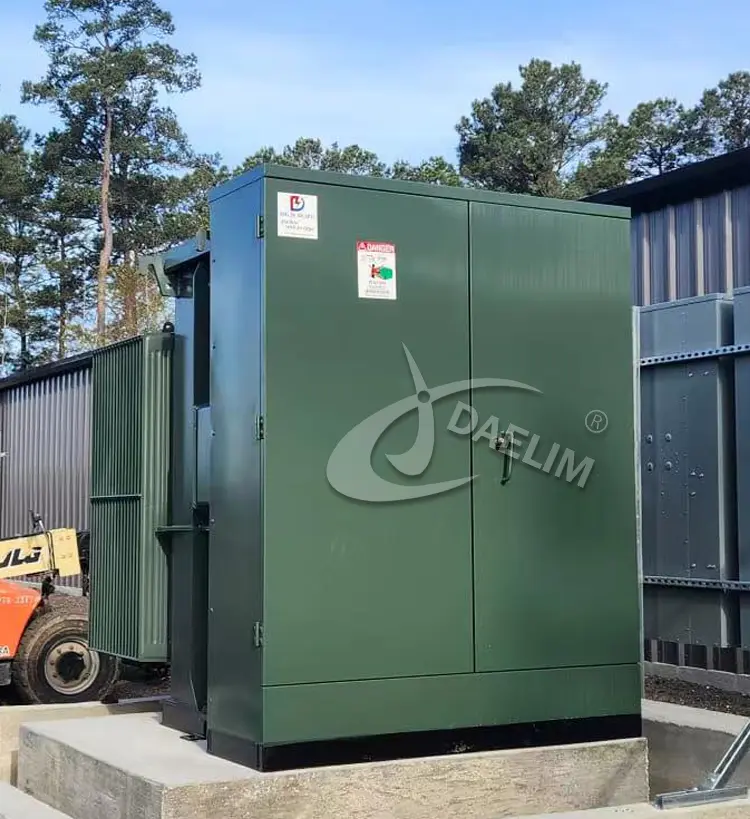 Replacing a new transformer is just like removing the blown transformer done in reverse but it will take more time as your utility company has to be extra careful with the new transformer. A small residential transformer does not have many parts and neither need heavy machinery or big teams for replacement. Their entire replacement procedure can be done in 3 to 4 hours.
Replacing a new transformer is just like removing the blown transformer done in reverse but it will take more time as your utility company has to be extra careful with the new transformer. A small residential transformer does not have many parts and neither need heavy machinery or big teams for replacement. Their entire replacement procedure can be done in 3 to 4 hours.
As for large commercial or industrial level power transformers, they have multiple parts and they weigh so heavy that cranes are needed to lift them up. A big team of electrical technicians work together to place and install it on site.
Establishing connections and making sure that the transformer is properly and securely being installed on the platform can take anything from 1 to 2 days. Utility transformer replacements can take several days to weeks, depending on the scope of work.
Post Replacement Testing
After completion of installation work, there are several post replacement tests that need to be performed before full load is applied on the new transformer. All utility companies have their own way to ensure that the work done is as per standards. These includes
- Conducting operational and safety tests for verifying that the transformer meets operational standards.
- Ensuring proper functioning before re-energization for rechecking connections and performance metrics before restoring power.
Challenges That Can Delay Transformer Replacement
There are certain challenges that you or your utility company can face while replacing transformers.
- Bad weather is the most common and most frequent even in this regard. Thunder storms, rainstorm, flooding, extreme heat waves, all these conditions can add a number of days in your transformer replacement.
- Delays in sourcing the correct transformer or tools is critical. Supply chain issues can prolong replacement times by weeks. As this can be third party independent and supplying parts from other cities or countries can add weeks of time.
- Broken machinery is also another issue, broken vehicles during transportation, or broken cranes during lifting and shifting of transformers can add hours to days in your transformer replacement time.
- Lack or absence of certified technicians and engineers is also an issue. This can cause delays and create problems in the installation process.
Conclusion
Replacing a transformer is a complex process influenced by multiple factors, including type, location, and availability of resources. While small residential transformers can be replaced in hours, larger industrial or utility transformers may take days or weeks. Proper planning, regular maintenance, and collaboration with skilled professionals are essential to minimize delays and ensure a smooth replacement process.
Follow Up
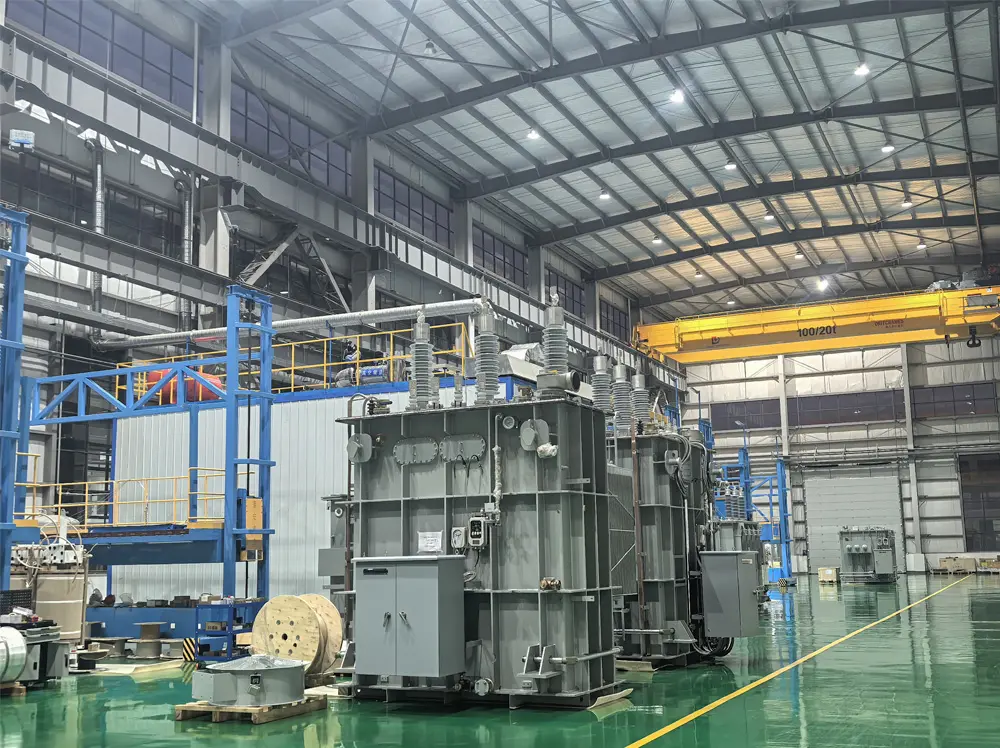
Electrical transformers do blow up and when that happens, you need a replacement as soon as possible. At Daelim Transformer, we are experts in replacing all types of electrical transformers across USA, UK, Canada, Australia and other major countries around the globe.
Dealim’s offer transformers of all types, sizes, and capacity. We have transformers for residential, commercial, and industrial use. Our transformers are well known for performing exceptionally well for the manufacturing section, crypto mining, and renewable energy.
If you have any query, Contact Us and we will talk you through the process.
Related Products
Related Article
Key Principles of High Voltage Transformer Design
High voltage transformers are crucial for efficient power transmission, stepping up or down voltages above 35 kV and 10 MVA. Their design involves advanced materials, including high-grade silicon steel and amorphous metals, along with specialized insulation and cooling systems. Key challenges include managing high voltage stress, heat, and electromagnetic forces. Future trends focus on smart technology integration, sustainability, and advanced materials for enhanced efficiency.
Aluminum vs Copper Transformers
Copper transformers are more efficient, durable, and better at heat dissipation, making them ideal for high-load and long-term industrial applications. Aluminum transformers, while more cost-effective and lightweight, are less efficient, prone to wear, and better suited for low to moderate loads in residential or small-scale uses. Hybrid systems combine both materials for optimized performance and cost-efficiency.
How to Ensure Safe Transformer Storage
Proper transformer storage is crucial for long-term reliability. Key steps include choosing a stable, weather-protected location, sealing openings, maintaining nitrogen pressure for liquid-filled transformers, and ensuring dry conditions for dry-type transformers. Regular inspections, moisture monitoring, and pre-service testing ensure optimal performance. Proper care prevents damage, extending transformer lifespan and reducing maintenance costs.
Transformer Shortage: Factors and Challenges of Current World Order
The global shortage of electrical transformers is driven by increased demand due to lifestyle shifts, population growth, and industrial expansion, particularly in electric vehicles, cryptocurrency mining, and AI data centers. National policies, supply chain disruptions, raw material shortages, and manufacturing constraints further exacerbate the issue. Daelim offers industry-focused solutions, leveraging multiple production facilities to meet demand and provide high-quality transformers in record time.
VPI Transformer vs Cast Resin
VPI and Cast Resin transformers are both dry-type transformers with distinct characteristics. VPI transformers use vacuum pressure to impregnate resin for enhanced insulation and moisture resistance, making them ideal for moderate environments and industrial applications. Cast Resin transformers, with solid epoxy resin construction, offer superior durability and fire resistance, suited for harsh environments like marine and mining. VPI transformers are cost-effective, while Cast Resin models have higher upfront costs but longer-term reliability.
How To Check Transformer Primary And Secondary?
Transformers are essential for regulating electricity in homes and industries. Proper inspection of transformer windings—primary and secondary—is crucial for ensuring safety and performance. Tools like multimeters and insulation testers help detect issues such as open circuits, short circuits, and insulation breakdowns. Regular maintenance prevents catastrophic failures, enhances safety, and extends transformer life, ensuring reliable operation across global installations.

